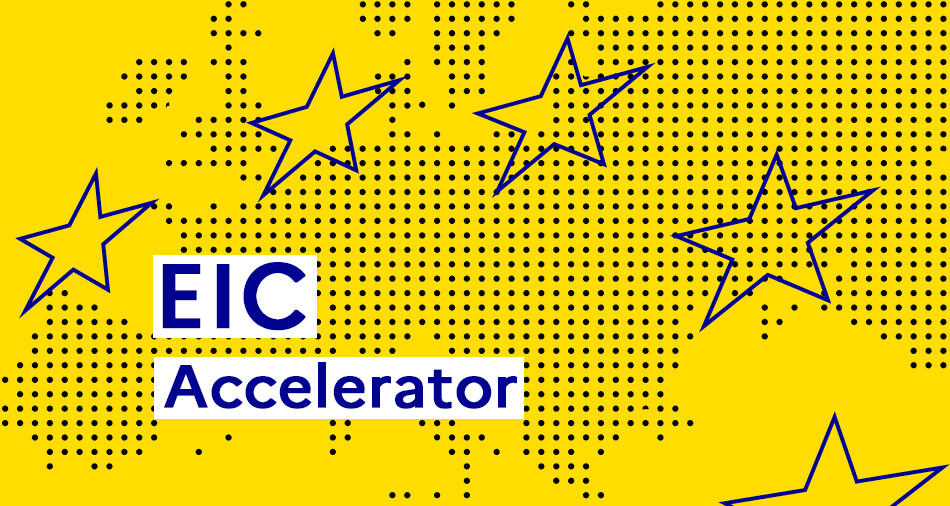ExpectedOutcome:
A successful proposal will contribute to the following Destination impacts: i) accelerate regional, rural, local/urban and consumer-based transitions, and ii) improve on consumer and citizen benefits.
Project results are expected to contribute to all the following outcomes:
- Significant, well-documented increase in material efficiency in participating households;
- Significant reduction of emissions of GHG and other pollutants, including micro- and nanoplastic fibres from covered households, and increase of carbon removals;
- Improvement of living conditions in participating households;
- Multiplier effect regarding the replication of the approach and its benefits; leading by example;
- Lessons learnt for a European rollout strategy and integration with sectoral strategies such as Circular Cities and Regions Initiative (CCRI).
Scope:
The transition from a take-make-waste society to sustainability, resource-efficiency and circularity will have to happen on the ground in the living environment, i.e. at the consumers’ homes, or it will not happen at all. We therefore should reduce the environmental footprint of households, and think about an ambitious GHG reduction target for households that could be tested at large scale via research and innovation funding. Areas to be addressed are e.g., household electronics, textiles, food, packaging and the respective waste, furniture, housing, modes of consumption in general, at the level of individual behavioural decisions. The feasibility of this approach should be demonstrated in pilots with NGOs and CSOs that directly target transformation in a certain number of individual households.
Although technology can contribute, the overall goal can only be achieved through behavioural change. Social and gender aspects are relevant. Proposals should demonstrate how sustainable products and/or services can better meet the real needs of citizens with regard to entertainment, communication, mobility, housing, etc., and how in return this will positively influence consumer behaviour.
This initiative complements the envisaged circular and biobased transition activities in cities and regions at a micro level, as it aims to target individual households. In this way, it will also target social disparity. It will experiment with different behavioural approaches in a scheme of 100 circular households. This R&I initiative will also support the Commission’s commitment in the 2020 circular economy action plan (CEAP) to present measures to make circularity work for people, regions and cities, to develop a sustainable product policy framework, to empower consumers and public buyers, and to focus on areas where the potential for circularity is high.
Through this initiative, a cost-free circular economy advisory service shall be provided to selected households. As a first step, all available knowledge on the measurement and calculation of greenhouse gas emissions and other environmental impacts from households, with particular attention to the above-mentioned consumption areas, will be screened and consolidated. A simple and robust method for a quick comparison of environmental impacts, using in particular PEF expertise, will be established.
Proposals shall define the exact scope of demonstration projects, e.g., to transform X households in Y Member States into model circularity/sustainability cells, with a focus on a limited number of material flows, and set reduction benchmarks that are ambitious and plausible, and that can be validated using the above-mentioned knowledge. In a second step, a support service directly targeted at citizens will be established. Similar to energy advisory services, material efficiency advisors will contact households and identify individual needs and optimisation potential. This can build on the infrastructure of the upcoming Circular Cities and Regions Initiative and other projects that operate at macro level, and on ongoing environmental NGO advisory activities. While the focus is on material flows, trade-offs between material and energy efficiency are to be avoided. All proposed measures have to respect the principles of non-toxicity and zero-pollution. The impact of all measures should be assessed from a lifecycle perspective.
The advisors will be the link between retailers/service providers, insurances etc., where necessary also public services and administration, and households. All proposed measures need to be easy to implement and at least cost-neutral for households. Measures will range from environmentally friendly purchasing, shared product use, swaps to optimised maintenance, upgrade, repair, down to waste disposal. Financing of significant expenses that can be a barrier to transition at household level, and amortisation issues need to be addressed in the context of the advisory service. The aim is also to debunk the notion that sustainable living is a privilege of the wealthy.
In a third step, results will be analysed and presented in a robust way that allows multiplication both through media initiatives and on the ground, via public authorities or directly by individual actors who want to replicate and implement successful circular measures in their remit. With regard to the territorial aspects of all proposed solutions, proposals should seek to contribute to the goals and cooperate with the services of the European Commission’s Circular Cities and Regions Initiative (CCRI)[1]. Joint activities with CCRI projects are encouraged.
The targeted TRL at the end of the projects is 6 to 8.
Specific Topic Conditions:
Activities are expected to achieve TRL 6-8 by the end of the project – see General Annex B.
[1]https://circular-cities-and-regions.eu/.





